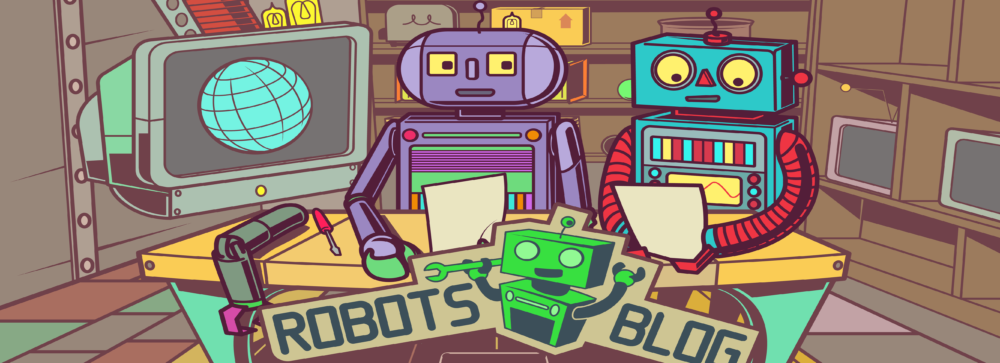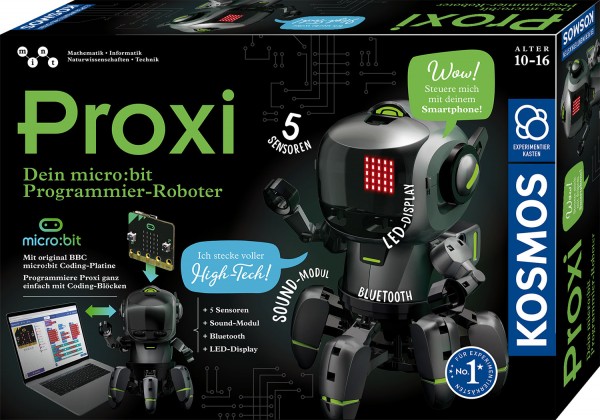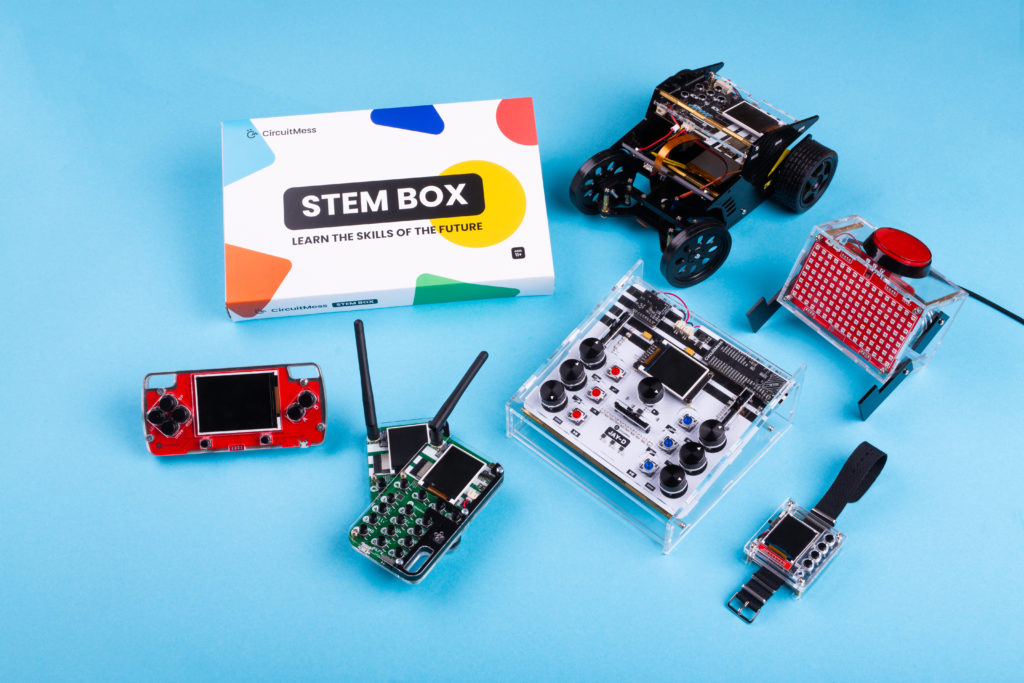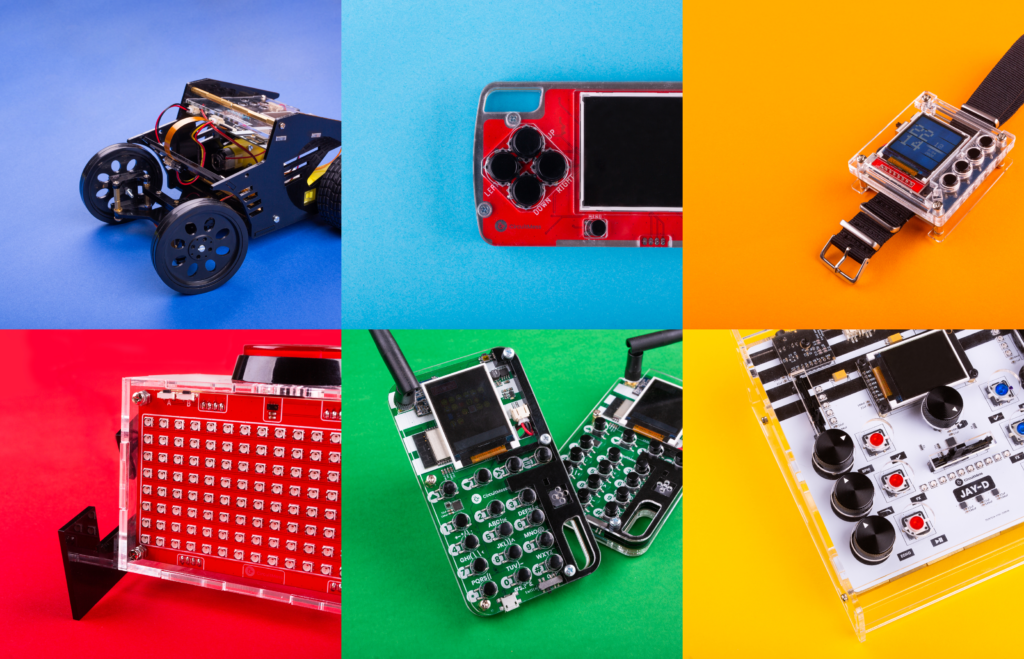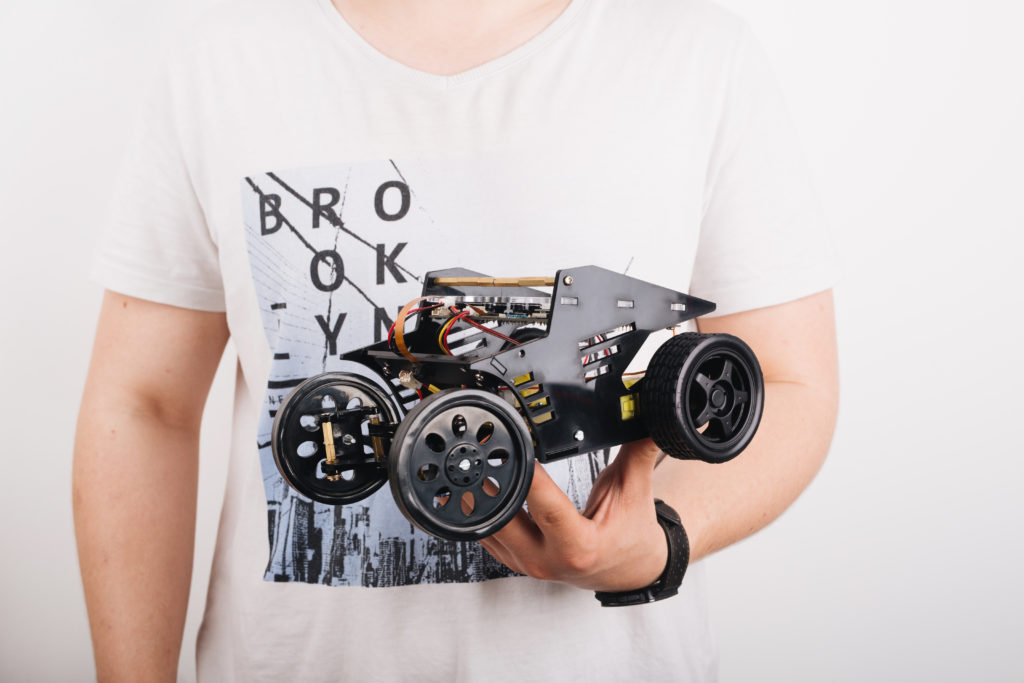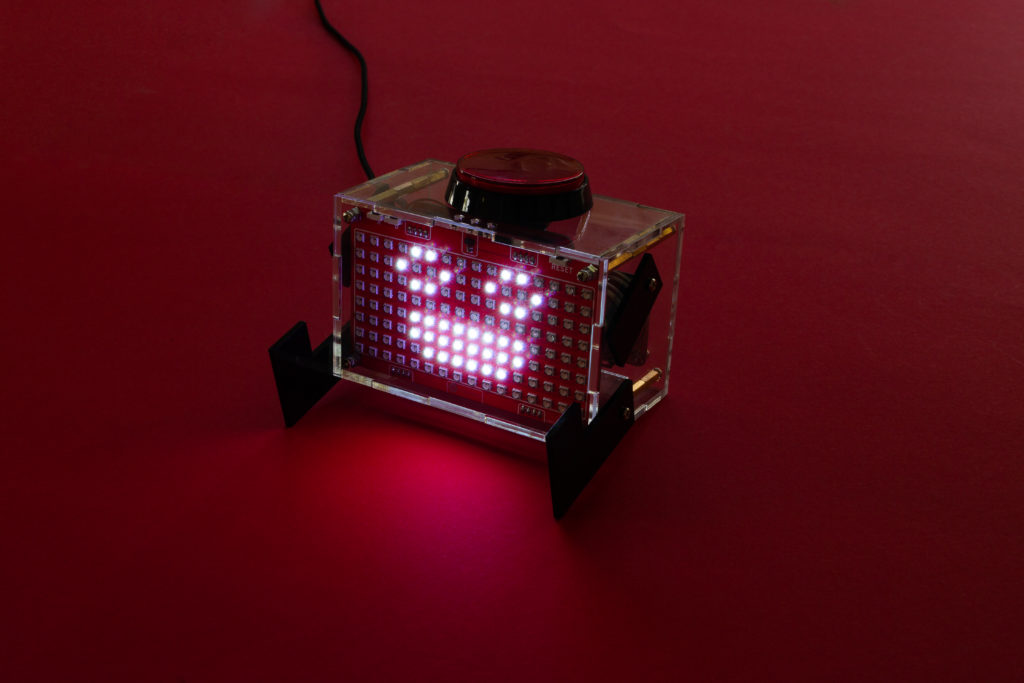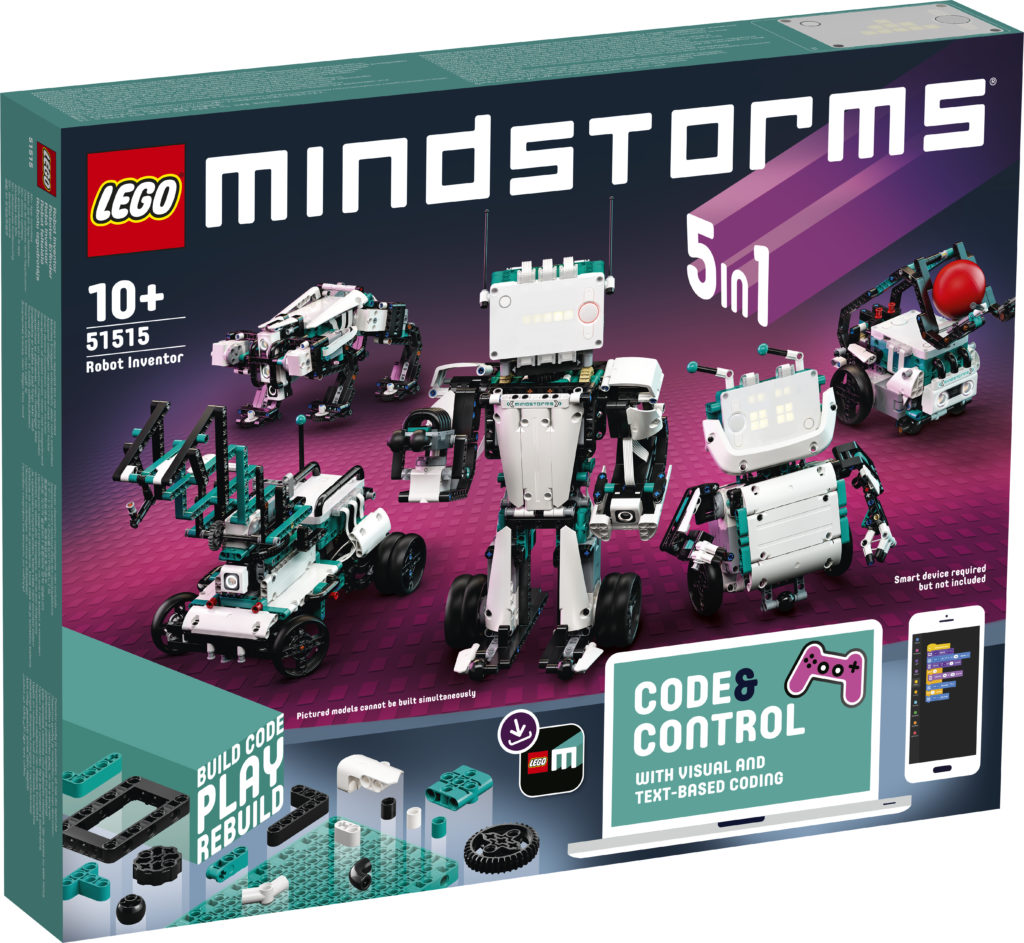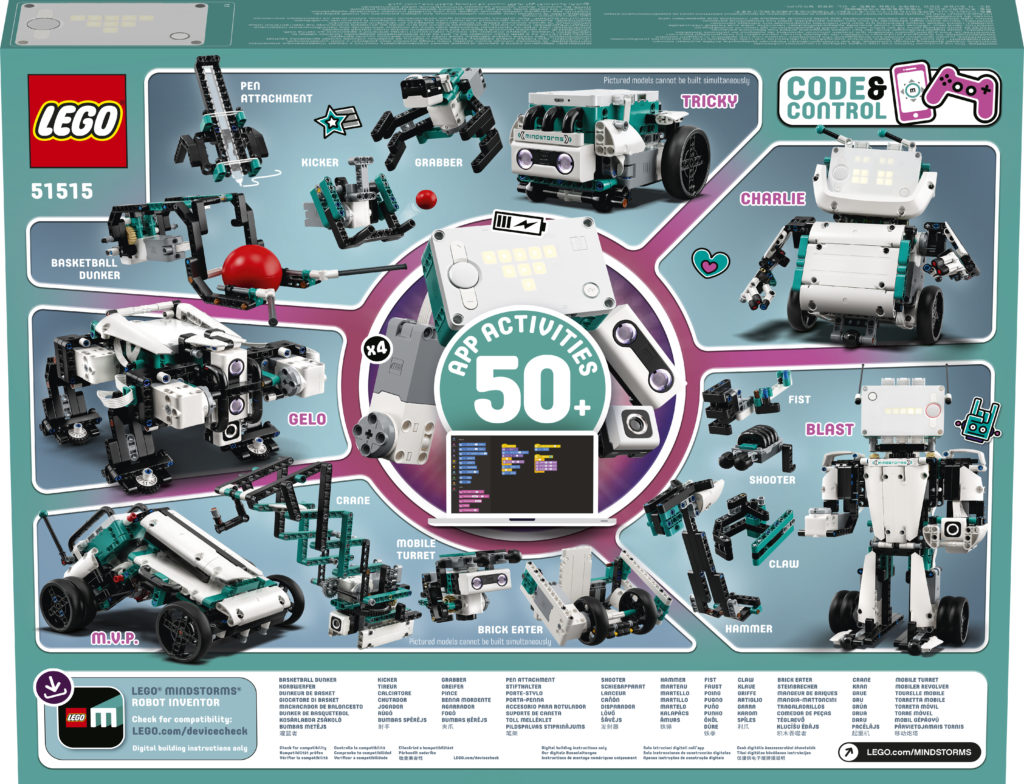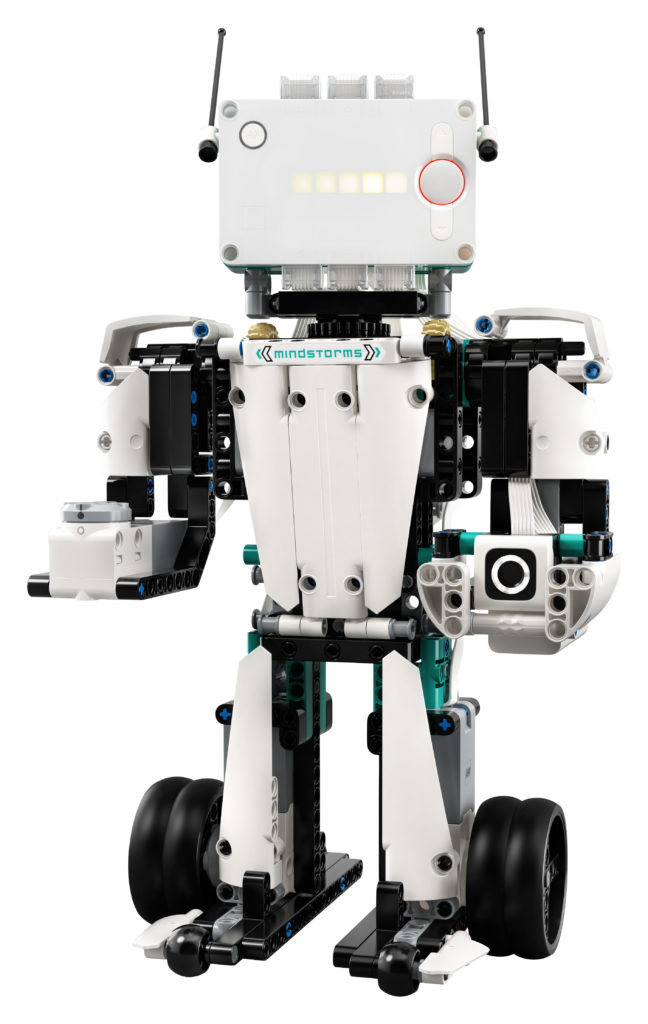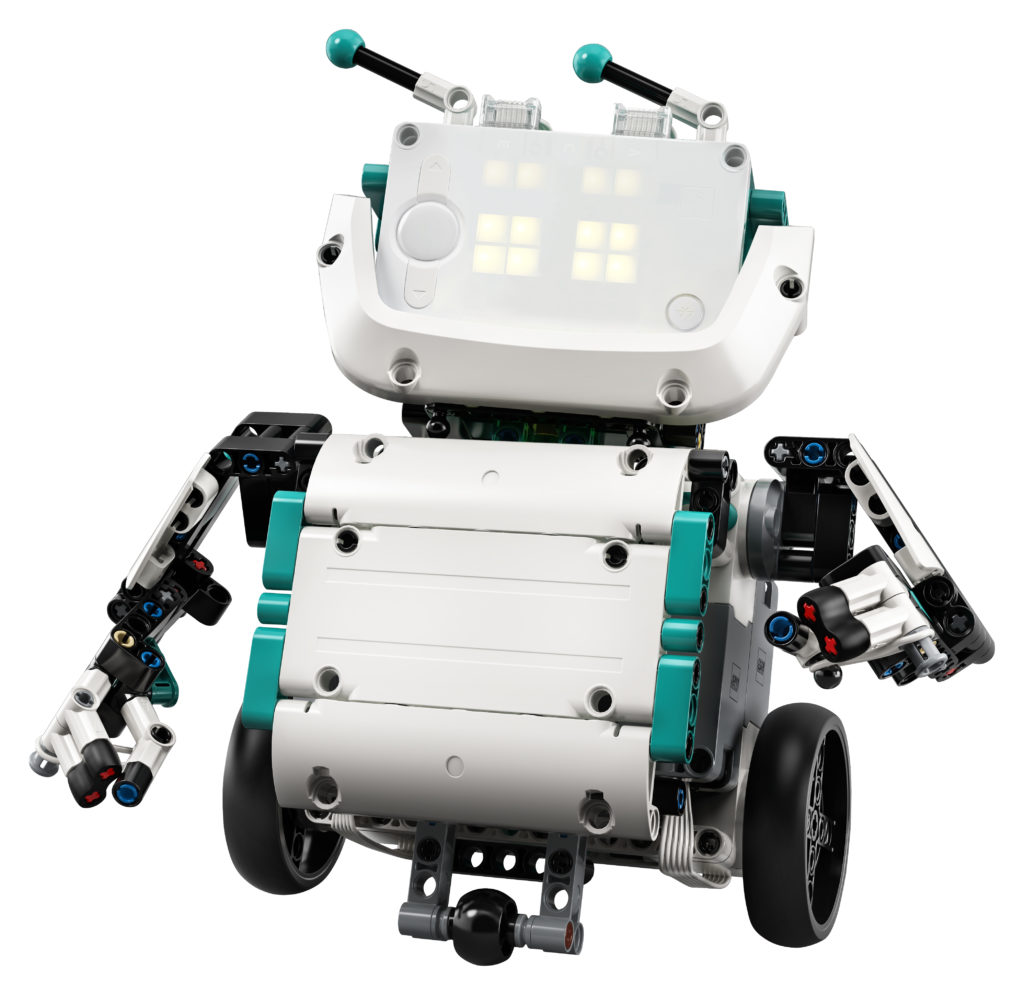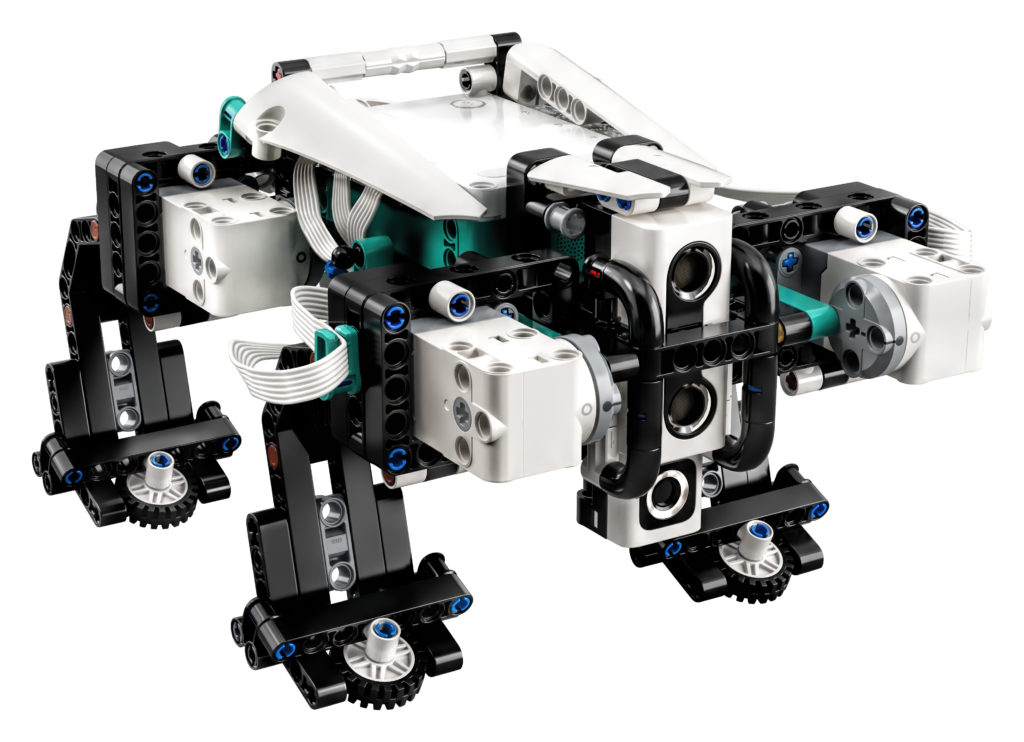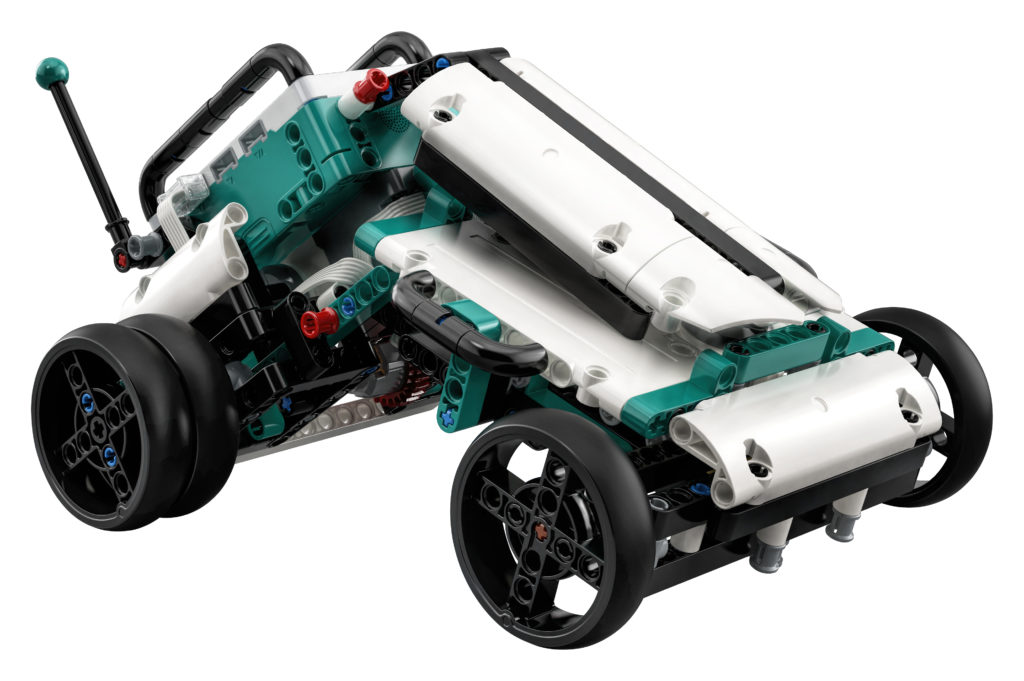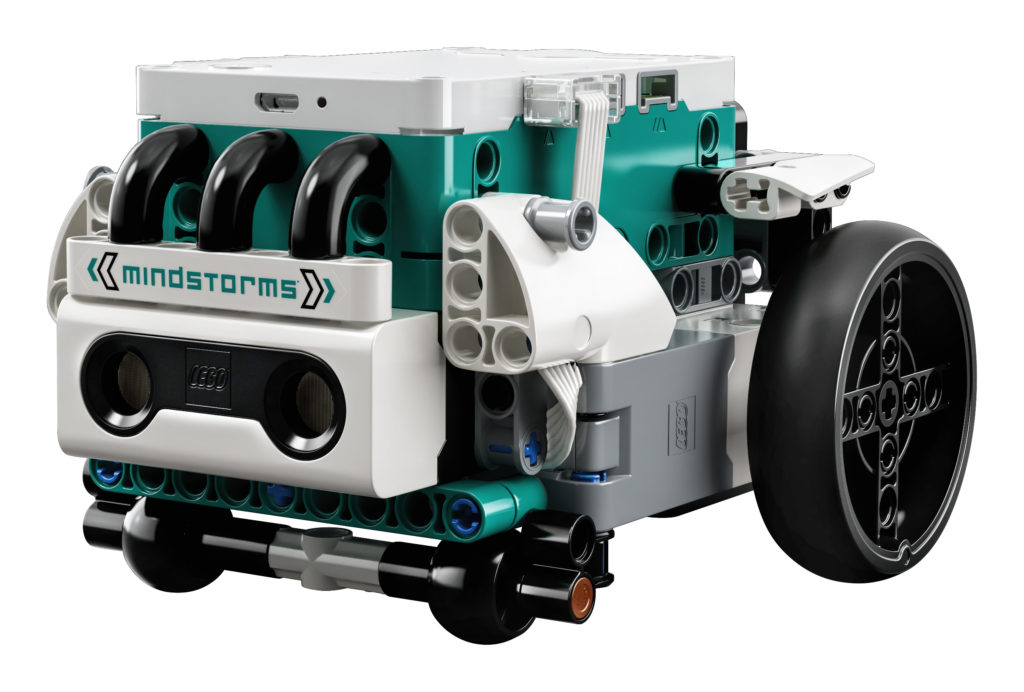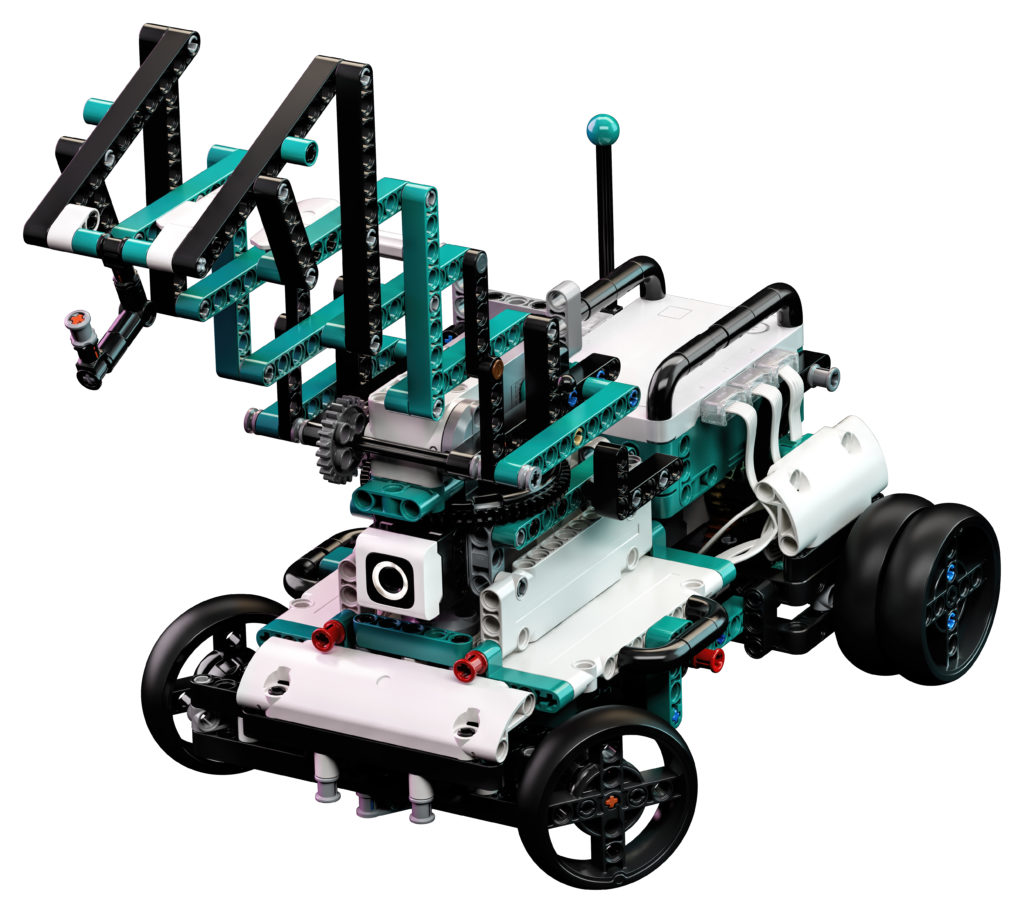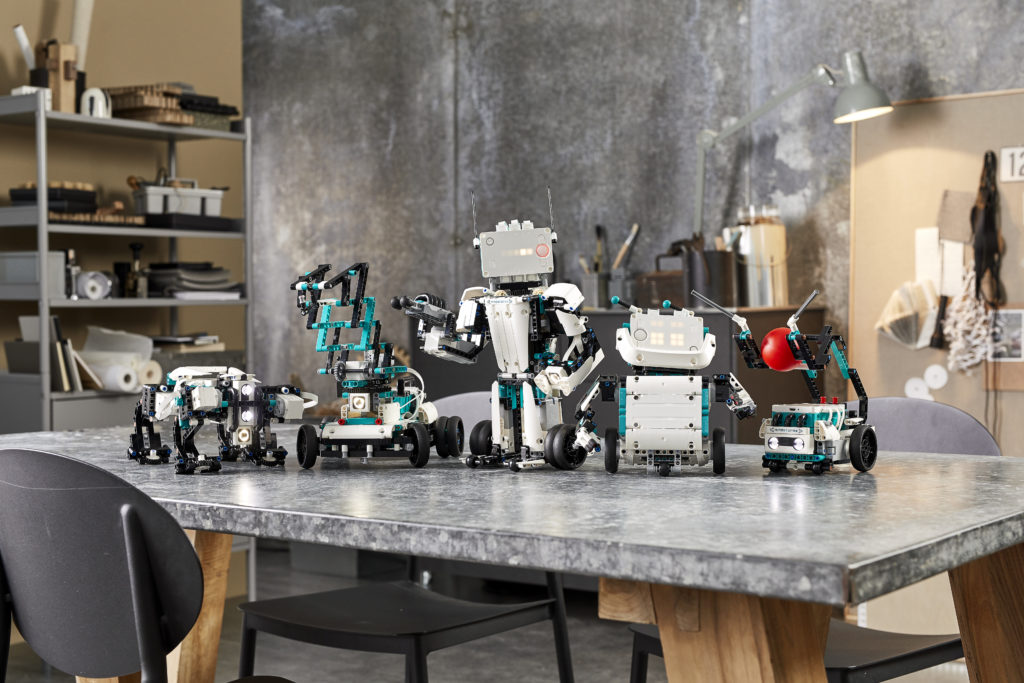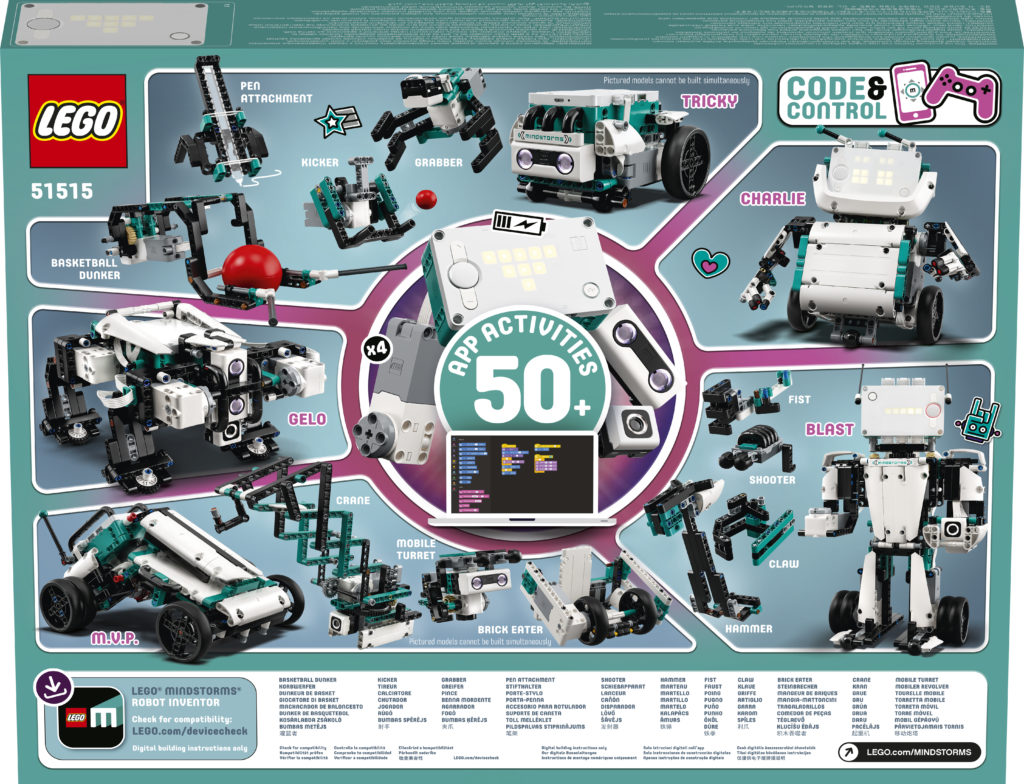Wien, September 2020 – Ab heute lassen sich die neuen Roboter-Kits für zu Hause und für die Schule von Robo Wunderkind vorbestellen. Die Roboter-Sets des innovativen EdTech-Unternehmens aus Wien fördern spielend die kognitiven Fähigkeiten und die Problemlösungskompetenz von Kindern ab 5 Jahren. Dadurch erwerben Kinder bereits in jungen Jahren wertvolle Skills, die den Grundstein für den späteren Ausbau ihrer MINT-Fähigkeiten legen und ihre Erfolgschancen im weiteren Leben erhöhen.
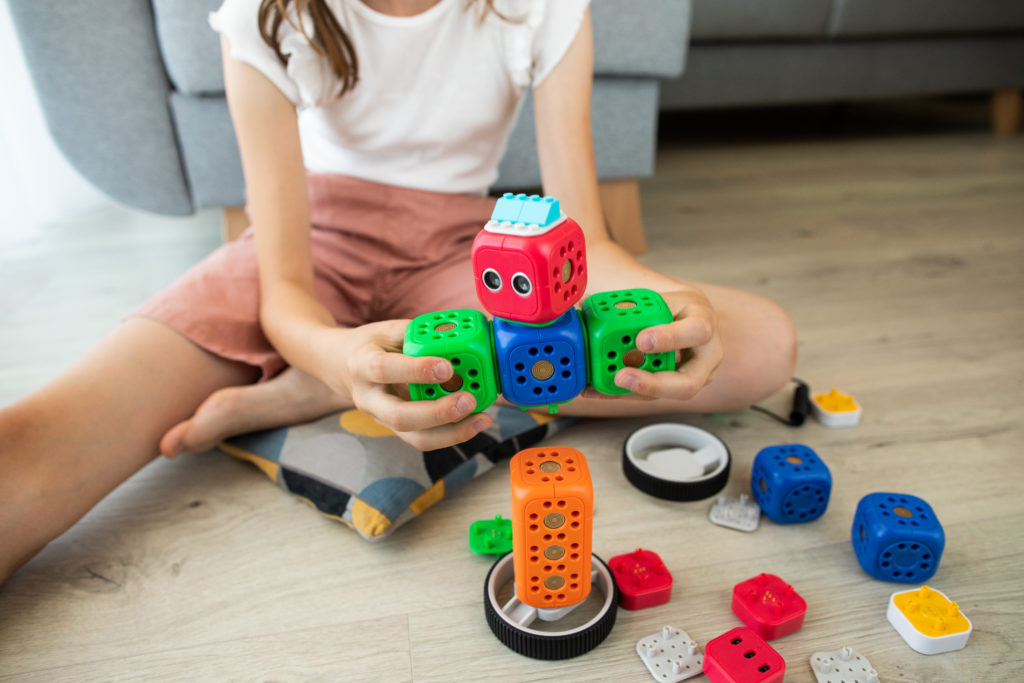
Spielend den Entdeckergeist wecken
Die Roboter-Sets bestehen aus mehreren dreidimensionalen Modulen, die Kinder zu verschiedensten Strukturen, wie Leuchttürmen, Figuren oder Autos zusammensetzen können. Dabei sind der Kreativität der Kinder keine Grenzen gesetzt, da die Roboter-Kits auch mit LEGO Technic-Teilen kompatibel und damit beliebig erweiterbar sind. In Kombination mit den Apps von Robo Wunderkind fördern die Roboter-Sets das räumliche Denken, die Problemlösungskompetenz und die kognitiven Fähigkeiten von Kindern. Diese Skills sind entscheidend für die spätere Weiterentwicklung von MINT-Fähigkeiten. Mit den Roboter-Kits und Apps von Robo Wunderkind können Eltern und Lehrer somit spielend die Grundlagen für den späteren Erfolgs ihrer Kinder und Schüler legen.
Für die neuen Roboter-Kits Explorer Lite, Explorer Prime und Explorer Pro hat Robo Wunderkind die Vorgängerversionen umfassend analysiert und anhand von Kundenfeedback zahlreiche Verbesserungen vorgenommen. So sind die einzelnen Module der Roboter-Sets aus robusteren Materialien gefertigt und die Seiten wurden abgeflacht, damit Kinder mit ihren Teilen von Lego Technic noch leichter kreative Konstruktionen und Ideen entwickeln können. Die zusätzlichen Module bieten eine verbesserte Haptik und noch mehr Platz, um die verschiedenen Sensoren anzuschließen. Mit der dritten Generation der Roboter-Kits präsentiert Robo Wunderkind die Robo Blocky App, um weitere Möglichkeiten zur Weiterentwicklung von Programmierfähigkeiten zu schaffen. Die App ermöglicht es Kindern, sich mit nur einem Roboter-Kit von der einfachen Fernsteuerung bis hin zur komplexen, block-basierten Programmierung vorzuarbeiten. Damit finden Kinder jeden Alters Aktivitäten und Aufgaben, die ihren Interessen, Vorlieben und Kompetenzen entsprechen.
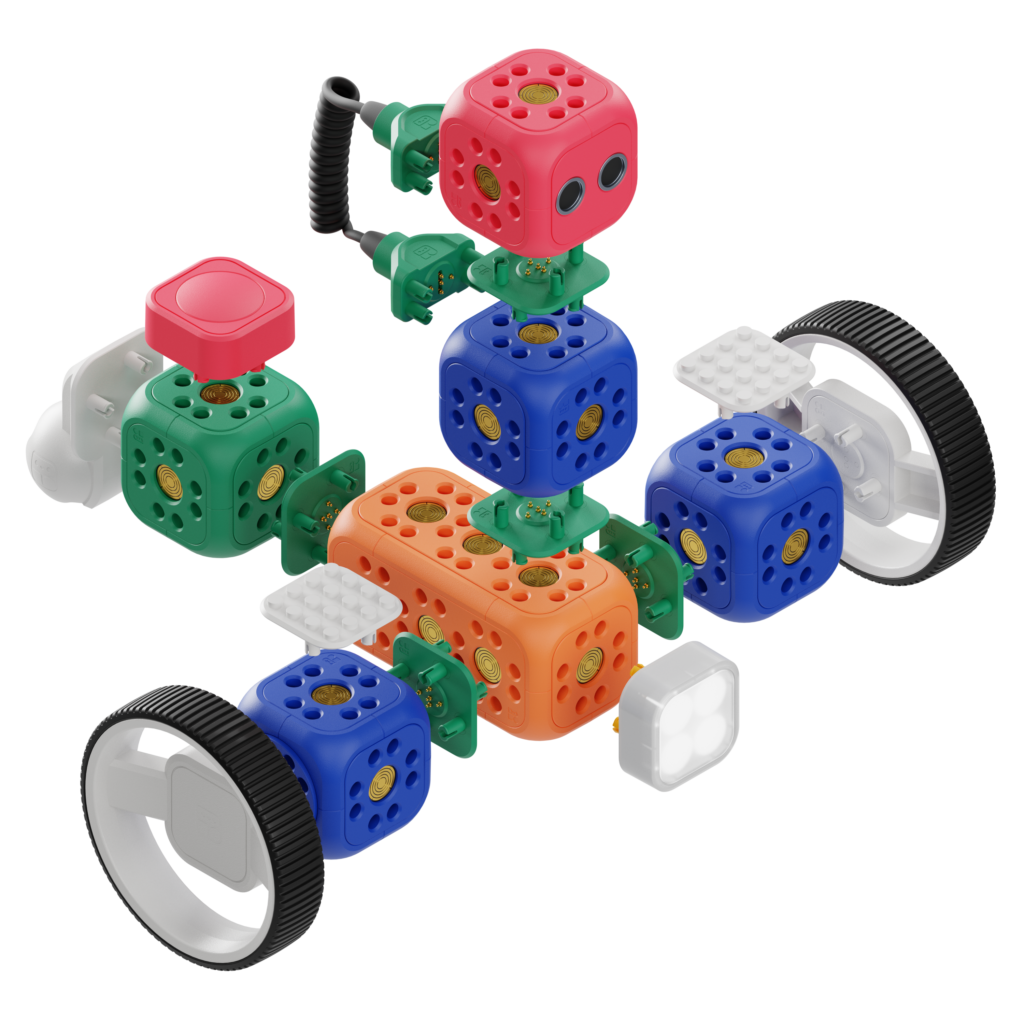
Kinder – die Programmierer und Entwickler der Zukunft
Das Besondere am Ansatz von Robo Wunderkind: Das Unternehmen verknüpft die physischen Spielzeug-Module mit Apps, über die sich die Roboter programmieren lassen. Insgesamt stehen drei Applikationen für Smartphones und Tablets zur Verfügung: Robo Live, Robo Code und Robo Blockly. Darüber können Kinder die von ihnen gebauten Roboter so programmieren, dass sie beispielsweise beim Umherfahren bei einem bestimmten Abstand zu einem Objekt stehen bleiben. Alternativ können Kinder die Lichtaufsätze so steuern, dass sie je nach Abstand zu einem Gegenstand in verschiedenen Farben leuchten.
Über die App lernen Kinder also spielend erste Programmierfähigkeiten. Das fördert nicht nur Technik-Skills, sondern weckt ihre Begeisterung für entsprechende Aufgaben. Die Roboter Kits von Robo Wunderkind setzen bei der Entwicklung von Kindern also auf zwei Komponenten. Der physische Aspekt, das Zusammenbauen der Module, fördert die kognitiven Fähigkeiten, während Kinder durch die Kombination mit der Software-Komponente zudem wertvolle technische Skills und Problemlösungskompetenzen erwerben. Mit diesem Ansatz erlernen Kinder mit Spaß Fähigkeiten, die für ihren Erfolg im weiteren Leben entscheidend sind. Mit den Roboter-Kits von Robo Wunderkind wächst die nächste Generation an Programmierern und Entwicklern heran.
Über Robo Wunderkind
Robo Wunderkind ist ein EdTech-Unternehmen mit Hauptsitz in Wien/Österreich und hat bereits Anwender in über 60 Ländern. Das innovative Start-Up-Unternehmen hat es sich zum Ziel gesetzt Kinder zu inspirieren, damit sie durch Technologie kreativ sein können. Schon ab 5 Jahren können Kinder mit den Roboter-Kits von Robo Wunderkind ihre eigenen Roboter und Gadgets bauen und programmieren.
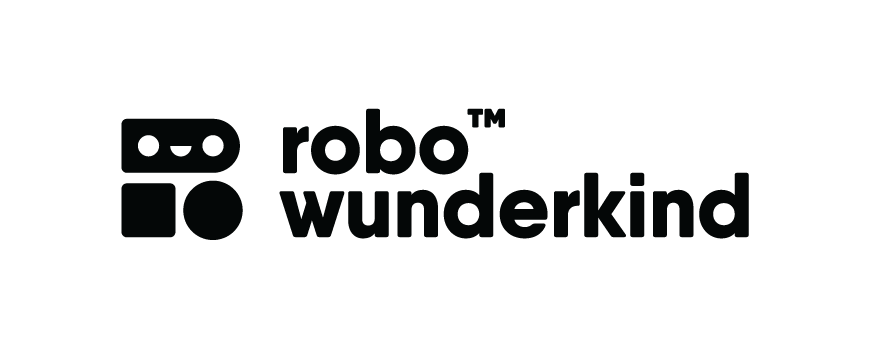
Das österreichische Unternehmen erarbeitet mit Experten und Lehrern Unterrichtspläne, die es erleichtern die Roboter in den Vorschul- und Schulunterricht zu integrieren und so die MINT-Fähigkeiten von Kindern zu entwickeln und auszubauen. Robo Wunderkind ist bereits in mehr als 500 Schulen im Einsatz und kooperiert mit ausgewählten europäischen Non-Profit-Organisationen wie SSPCA, Get Your Wings, Digitale Wolven. Das Unternehmen startete außerdem die Initiative Robo Makers Marathon für das den Unterricht zu Hause. Hunderte von Kindern und Eltern auf der ganzen Welt nahmen an Webinaren und Online-Aktivitäten teil und lernten so, bequem von zu Hause aus zu programmieren.
Weitere Informationen erhalten Sie unter: www.robowunderkind.com/de
